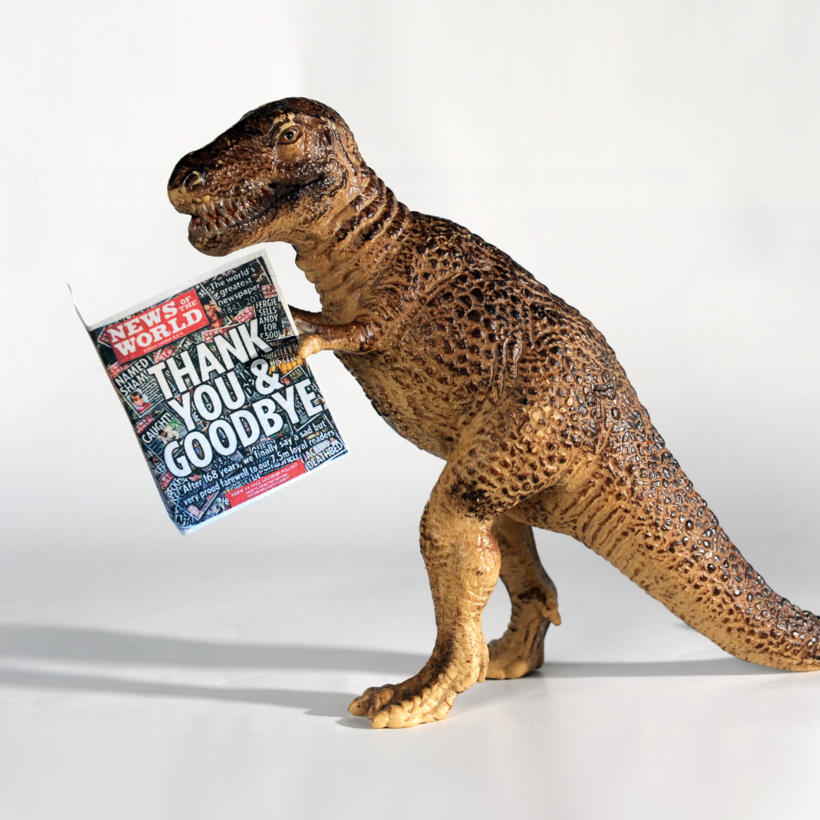While writing my book The Last Days of the Dinosaurs, I didn’t want to yada yada yada away a mass extinction. I had been guilty of doing that for decades. Initially, I thought that the extinction of dinosaurs happened suddenly; Tyrannosaurus was happily dining on Edmontosaurus filets when an asteroid struck the planet, yada yada yada. All the non-avian dinosaurs were gone and the Age of Mammals had started.
That story is nice and simple. There’s a clean break from a world filled with saurians and one replete with fuzzy beasts. But as I learned more about the pivotal event, I realized just how much I had overlooked.
When I was a dinosaur-obsessed little girl in the late 80s and early 90s, the idea that an asteroid ended the Age of Dinosaurs was still new. The hypothesis made magazine covers and was dramatically re-enacted in the many dinosaur documentaries produced around that time. To me, the aftermath always seemed so obvious. How could a seven-mile-wide chunk of space rock hit the planet and not immediately wipe out the dinosaurs?
After working as a professional science writer and journalist for many years, I saw a different story begin to emerge. I realized it wasn’t the initial strike that did them in but the prolonged effects that played out over the course of years.
The Beginning of the End
The demise of many of our favorite dinosaurs happened with incredible brutality. The asteroid hit the Earth so hard that it shot an almost incomprehensible amount of pulverized rock into the atmosphere. As that rock fell back down, the friction created so much heat that air temperatures rose to a broil. It was so hot that some forests likely burst into flames. Unless organisms could hide somewhere—in burrows, or in lakes and rivers—they were roasted alive within a day of impact. For many dinosaurs, there was no hope of survival.
But for the millions of dinosaurs that survived, conditions grew even worse. Natural compounds from the stricken rocks altered the weather and blocked so much sunlight that photosynthesis nearly ceased for three years. This caused “impact winter,” a prolonged period of extreme cold on Earth. Whichever creatures survived that first day had to struggle in the gloomy, seemingly ceaseless chill that persisted for some time. The end of the Cretaceous period was not a single event or moment but a gradual unfolding of consequences.
And yet, we humans are here because of that extinction. By luck or effort, some species found a way to survive the aftermath. Forests grew back and in new ways. Mammals, birds, reptiles, and other creatures evolved to fill them, and, in the process, they created new interactions and niches that set the foundation for the world as we know it.
Some of the earliest primates—such as a little shrew-like animal called Purgatorius, who lived alongside Tyrannosaurus rex—survived the extinction and began to diversify in the disaster’s wake. Our heritage is directly tied to that deadly event and its aftermath.

Riley Black is the author of several books, including My Beloved Brontosaurus and Skeleton Keys. Her latest, The Last Days of the Dinosaurs, is out now from St. Martin’s

